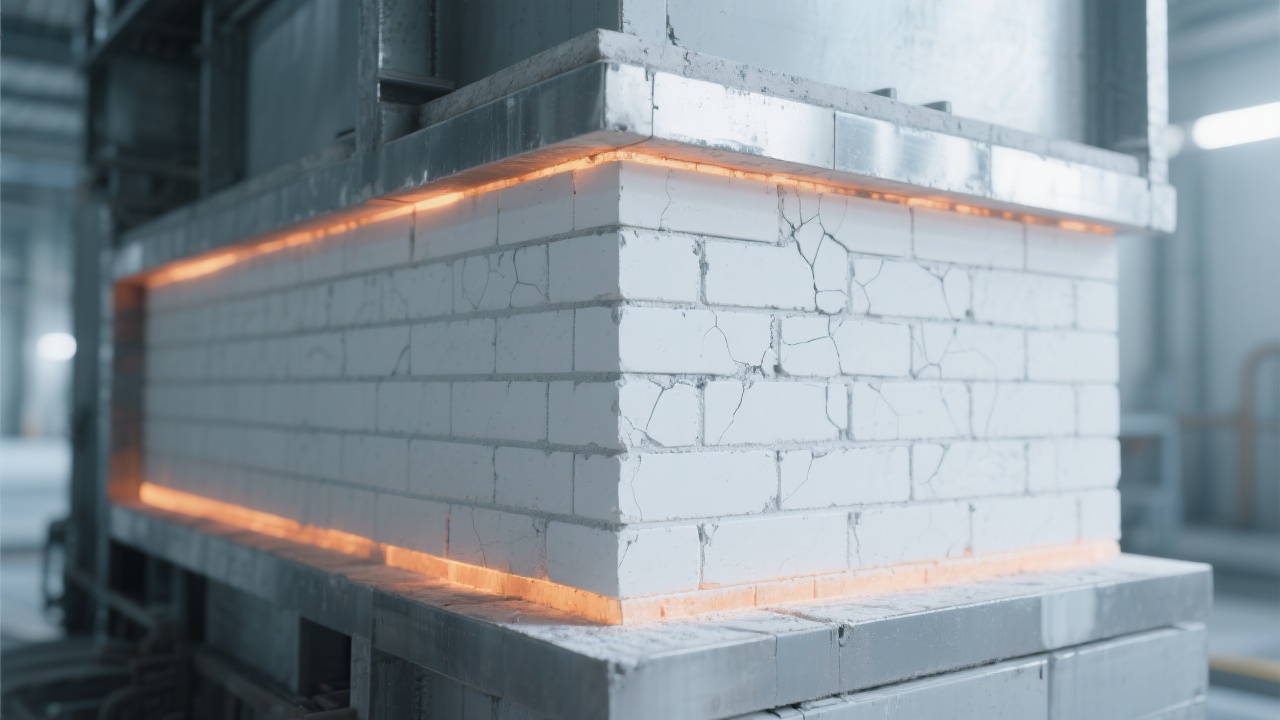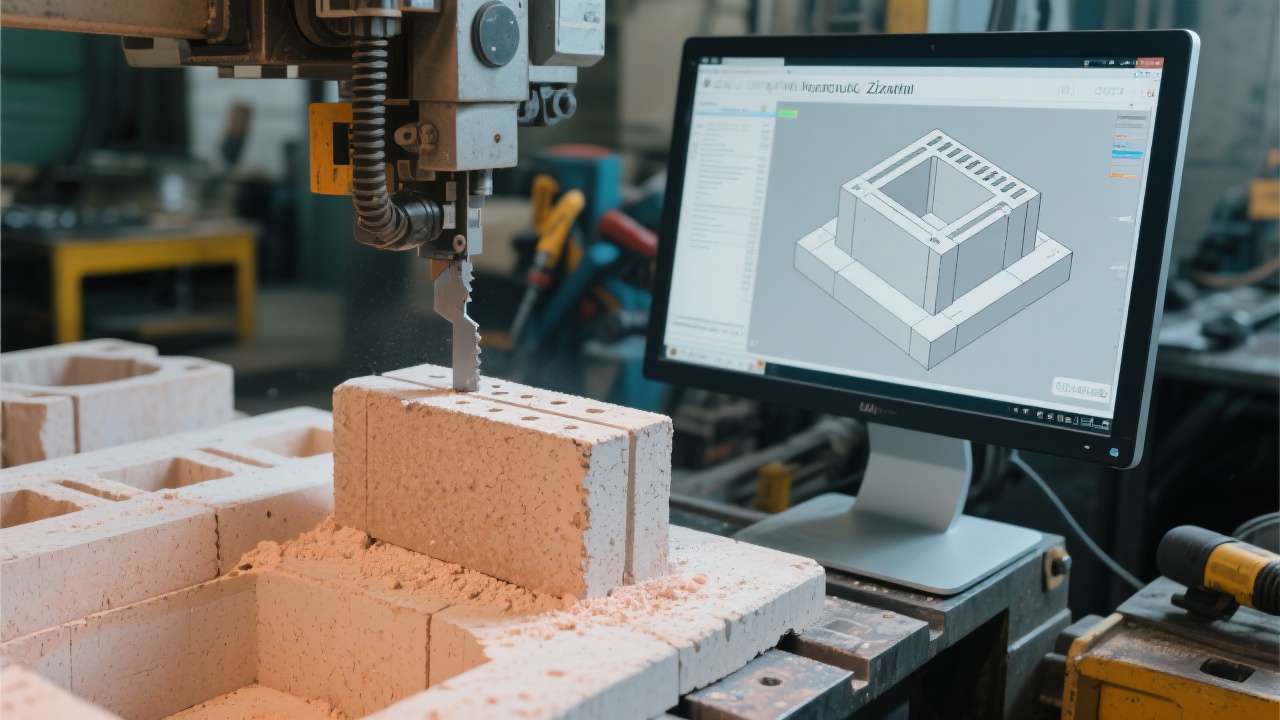
In the high-temperature industrial sector, the demand for reliable refractory materials is crucial. High-temperature refractory corundum bricks with an Al₂O₃ content exceeding 90% have emerged as a top choice. These bricks are widely used in various high-temperature industrial applications, such as steel smelting and glass manufacturing. The high Al₂O₃ content endows them with excellent physical and chemical properties, making them suitable for extreme high-temperature environments.

Corundum bricks exhibit extremely high cold crushing strength. Tests have shown that corundum bricks with an Al₂O₃ content above 90% can withstand a cold crushing strength of up to 200 MPa, while traditional refractory materials may only reach around 100 MPa. This high strength allows corundum bricks to maintain their structural integrity under heavy loads in high-temperature furnaces, reducing the risk of cracking and damage.
Wear resistance is another significant advantage of corundum bricks. In high-temperature industrial processes, materials are often subject to abrasion from moving particles. Corundum bricks have a hardness similar to that of sapphire due to their high Al₂O₃ content. Their wear rate is only about 0.1 - 0.2 cm³/1000 cycles in abrasion tests, which is much lower than that of traditional refractory materials (about 0.5 - 1 cm³/1000 cycles). This makes them ideal for use in areas where abrasion is a major concern, such as the lining of blast furnaces.
Corundum bricks also possess excellent corrosion resistance. In steel smelting and glass manufacturing, they are exposed to highly corrosive substances such as slag and molten glass. Corundum bricks can effectively resist the erosion of these substances. For example, in a glass melting furnace, after continuous operation for 6 months, the corrosion depth of corundum bricks is only about 5 - 10 mm, while traditional refractory materials may have a corrosion depth of 20 - 30 mm.
When comparing corundum bricks with other refractory materials, the differences in performance become more apparent. The following table shows a comparison of the key performance indicators between corundum bricks and traditional refractory materials:
| Performance Indicator | Corundum Bricks (Al₂O₃ > 90%) | Traditional Refractory Materials |
|---|---|---|
| Cold Crushing Strength (MPa) | Up to 200 | Around 100 |
| Wear Rate (cm³/1000 cycles) | 0.1 - 0.2 | 0.5 - 1 |
| Corrosion Depth in 6 months (mm) | 5 - 10 | 20 - 30 |

In the steel smelting industry, corundum bricks are widely used in the lining of blast furnaces, converters, and ladles. For example, a large steel mill in the United States replaced its traditional refractory lining with corundum bricks in its blast furnace. After 2 years of operation, the maintenance frequency of the furnace was reduced by 50%, and the service life of the lining was extended from 3 years to 5 years, resulting in significant cost savings.
In the glass manufacturing industry, corundum bricks are used in the melting tanks and forehearths of glass furnaces. A glass factory in Germany adopted corundum bricks in its new glass melting furnace. The furnace could operate continuously for 18 months without major maintenance, while the previous furnace with traditional refractory materials needed to be shut down for maintenance every 6 - 8 months.
There are two main types of corundum bricks: sintered corundum bricks and fused corundum bricks. Sintered corundum bricks are made by sintering high - purity alumina raw materials at high temperatures. They have a dense structure and good thermal stability. Fused corundum bricks are produced by melting alumina raw materials in an electric arc furnace and then casting them into shape. They have higher density and better corrosion resistance. The choice between the two depends on specific application requirements.

For problems such as high - temperature erosion, abrasion, and thermal shock in high - temperature industrial environments, corundum bricks can provide effective solutions. By choosing the appropriate type of corundum bricks and installation method, industrial enterprises can significantly improve the stability and service life of their furnaces.
High - temperature refractory corundum bricks with an Al₂O₃ content exceeding 90% offer excellent performance in terms of strength, wear resistance, and corrosion resistance. They have been proven to be reliable choices in the steel smelting and glass manufacturing industries. By using corundum bricks, industrial enterprises can achieve stable production, reduce maintenance costs, and promote sustainable business growth. If you are an industrial decision - maker or technician and want to learn more about how corundum bricks can benefit your business, click here to explore our solutions. Also, feel free to leave your comments and questions below to discuss further.


